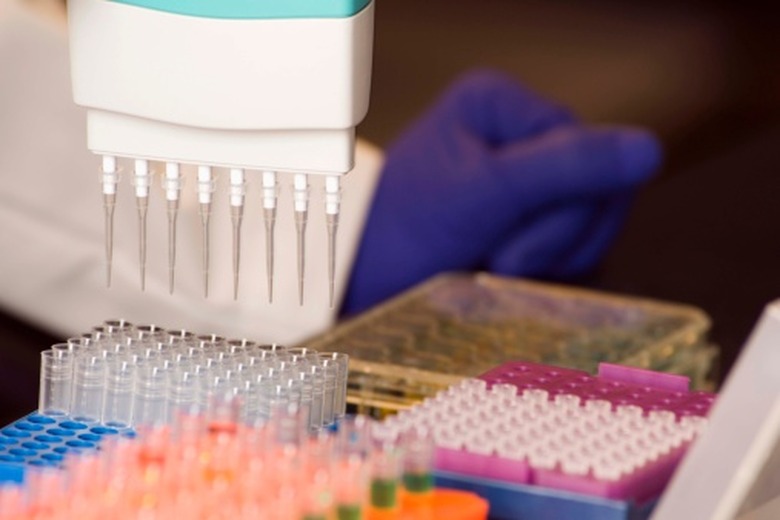Differences Between Transition Metals & Inner Transition Metals
Transition metals and inner transition metals appear to be similar in the way they are categorized on the periodic table, but they have significant differences in their atomic structure and chemical properties. The two groups of inner transition elements, actinides and lanthanides, behave differently from each other as well, even though they are both considered rare earth elements.
Atomic Number
Atomic Number
The number of protons in the nucleus of an atom determines its classification and position on the periodic table because each element is unique and has a unique atomic number. The transition metals appear as numbers 21 through 116 on the chart. This range includes the inner transition metals.
Atomic Structure
Atomic Structure
Although transition metals and inner transition metals have the same atomic structure, the electrons fill their orbitals in different ways, which affects the size of the atom. Inner transition metals also give up their electrons more easily. Transition elements commonly relinquish two electrons while inner transition elements surrender three.
Lanthanides
Lanthanides
The fifteen metals called lanthanides occupy atomic numbers 57 — lanthanum — through 71 — lutetium — on the periodic table. They react similarly, so they are grouped together. They're soft, malleable, ductile and chemically reactive elements that burn easily in air and have many industrial uses.
Actinides
Actinides
This series of chemically similar metallic elements have atomic numbers ranging from 89 — actinium — to 103 — lawrencium. All of these elements are radioactive. Scientists use two of them, uranium and plutonium, to generate nuclear energy. Actinides beyond uranium are all synthetic.
References
- "Chemistry"; Karen Timberlake; 2009
- "Chemistry"; John C. Kotz, et al.; 1999
Cite This Article
MLA
Chipera, Angie. "Differences Between Transition Metals & Inner Transition Metals" sciencing.com, https://www.sciencing.com/differences-metals-inner-transition-metals-8287121/. 24 April 2017.
APA
Chipera, Angie. (2017, April 24). Differences Between Transition Metals & Inner Transition Metals. sciencing.com. Retrieved from https://www.sciencing.com/differences-metals-inner-transition-metals-8287121/
Chicago
Chipera, Angie. Differences Between Transition Metals & Inner Transition Metals last modified March 24, 2022. https://www.sciencing.com/differences-metals-inner-transition-metals-8287121/
